When we think of trainable pets, our minds typically conjure images of dogs performing tricks, birds mimicking speech, or even cats responding to their names. Reptiles, particularly snakes, rarely enter this conversation. Yet, corn snakes (Pantherophis guttatus) have gained popularity as household pets due to their docile nature, manageable size, and striking patterns. This raises an interesting question: beyond their aesthetic appeal and relatively low-maintenance care requirements, can corn snakes be trained to perform behaviors on command or respond to specific stimuli? This article explores the cognitive capabilities of corn snakes, their learning potential, and what realistic expectations pet owners should have regarding “training” these fascinating reptiles.
Understanding Corn Snake Intelligence
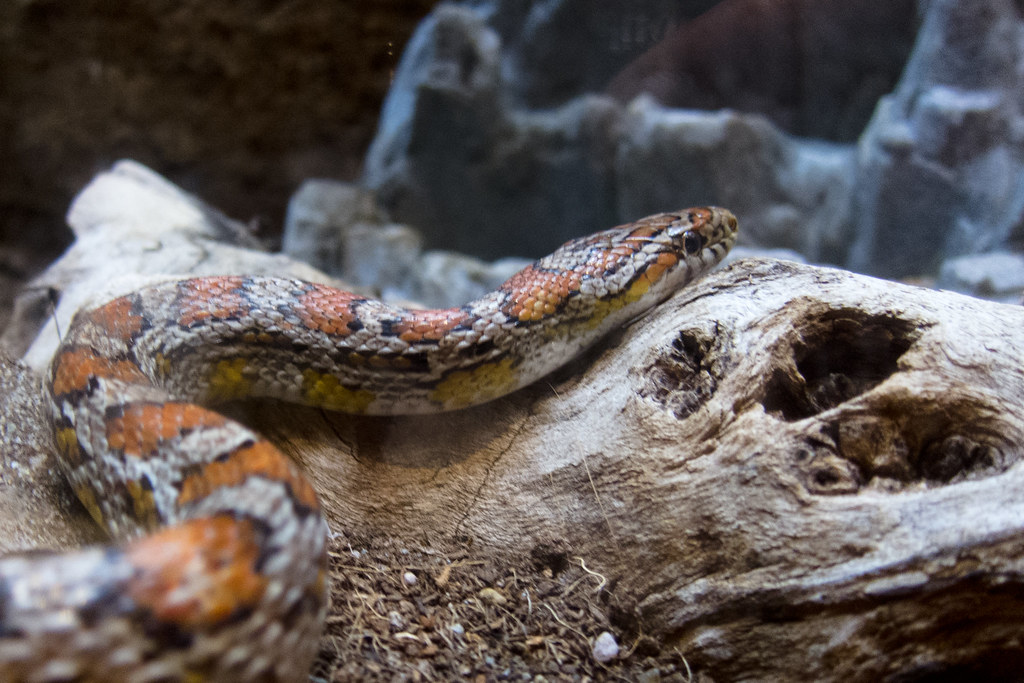
Corn snakes possess a reptilian brain that differs significantly from the mammalian brain structures we’re more familiar with. They lack a neocortex, the brain region responsible for complex problem-solving and abstract thinking in mammals. However, this doesn’t mean corn snakes are unintelligent creatures. They have well-developed brain structures dedicated to survival skills, including prey detection, environmental navigation, and threat recognition. Research indicates that snakes can form basic associations and demonstrate procedural memory, which allows them to learn from repeated experiences. While their cognitive abilities are more limited than those of mammals or birds, corn snakes do possess learning capabilities that enable them to adapt to their environments and recognize patterns relevant to their survival.
The Biological Limitations of Snake Training
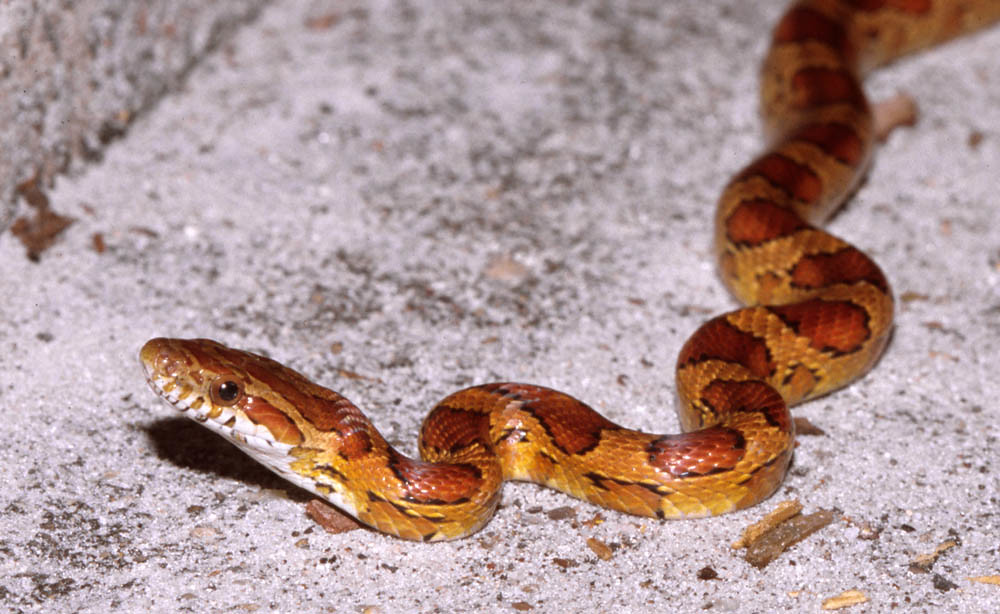
When discussing snake training, it’s crucial to understand the biological constraints we’re working within. Corn snakes are primarily driven by instinct rather than complex reasoning or social bonding. Their brains have evolved to focus on survival necessities: finding food, avoiding predators, regulating body temperature, and reproducing. Unlike domesticated mammals that have co-evolved with humans for thousands of years, developing traits that make them receptive to human interaction and training, corn snakes remain largely wild animals in terms of their psychology. Their sensory world is also dramatically different from ours; they perceive their environment primarily through chemical cues, vibrations, and heat signatures rather than detailed vision or sound recognition. These fundamental differences in perception and cognition create natural boundaries for what behaviors can realistically be modified through training.
Habituating Your Corn Snake to Handling

The most basic and practical form of “training” a corn snake involves habituation to human handling. When first acquired, many corn snakes may be skittish or defensive, exhibiting behaviors such as hissing, striking, or musking (releasing a foul-smelling substance as a defense mechanism). Through regular, gentle handling sessions that respect the snake’s comfort level, most corn snakes gradually become accustomed to human contact. This process isn’t training in the traditional sense but rather desensitization. Beginning with short handling sessions of 5-10 minutes and gradually increasing duration as the snake shows comfort can yield remarkable results. Within weeks or months, most healthy corn snakes learn that handling doesn’t represent a threat, allowing them to remain calm during these interactions. This form of behavioral modification represents the foundation of any further training attempts.
Target Training Possibilities
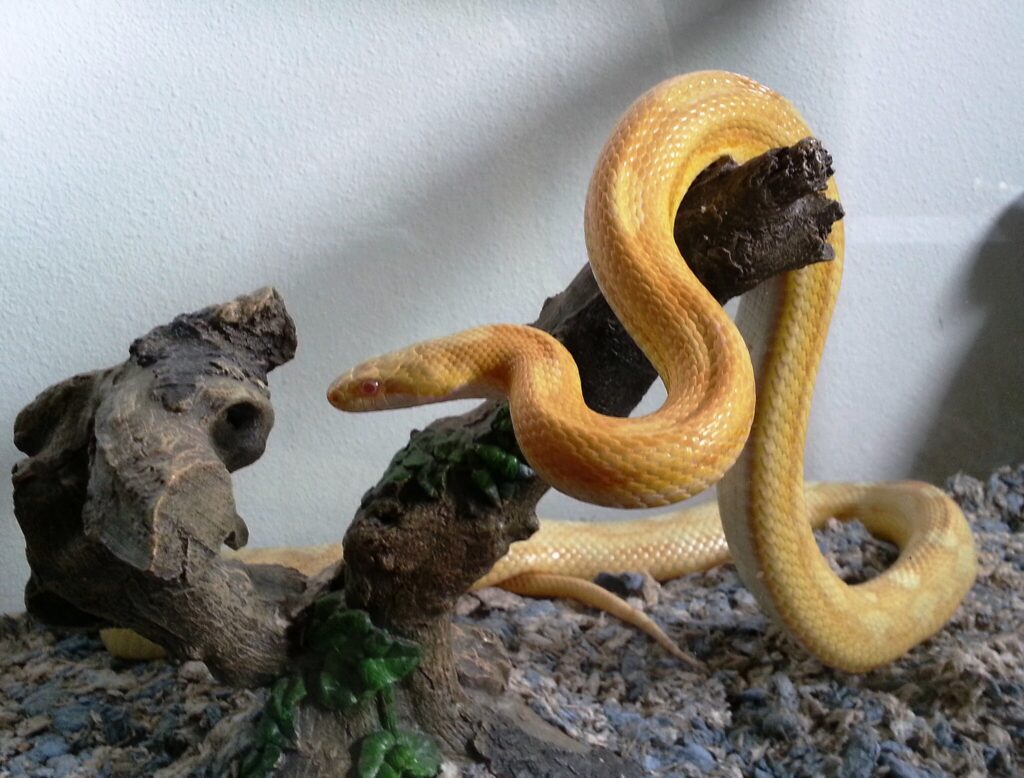
Some more advanced reptile keepers have experimented with a form of target training for snakes. This technique involves presenting a specific object (the target) and rewarding the snake for interacting with it in some way. For example, a keeper might present a small colored stick before feeding time, eventually creating an association between the target and food rewards. With consistent practice, some corn snakes may learn to move toward or touch the target when it appears. This method utilizes classical conditioning principles, building on the snake’s natural feeding response rather than teaching a novel behavior. Success rates vary significantly between individual snakes, with some showing no interest while others demonstrate surprising consistency in their responses. Target training requires patience, consistency, and realistic expectations about what constitutes success.
Teaching Response to Auditory Cues
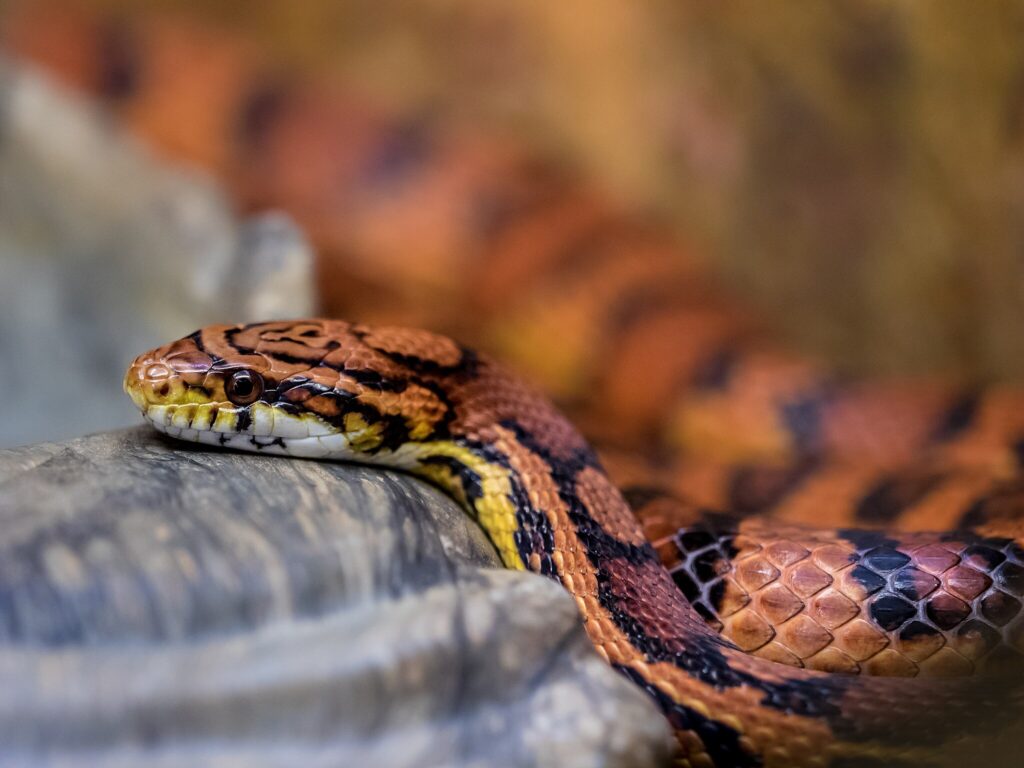
While snakes don’t have external ears like mammals, they do possess internal structures that allow them to sense vibrations and some airborne sounds, particularly those of lower frequencies. Some corn snake owners report limited success in teaching their pets to recognize specific sounds associated with feeding or handling. For instance, a gentle tap on the enclosure or a consistent verbal cue before feeding might eventually trigger anticipatory behaviors in the snake. These responses aren’t demonstrations of understanding language but rather classical conditioning at work – the snake learns to associate particular vibrations or sounds with subsequent events of interest. The effectiveness of auditory conditioning varies widely among individuals, and responses tend to be subtle rather than dramatic. Owners attempting this should maintain realistic expectations and recognize that what appears to be a response to sound might actually be a reaction to visual stimuli or vibrations.
Can Corn Snakes Learn Maze Navigation?
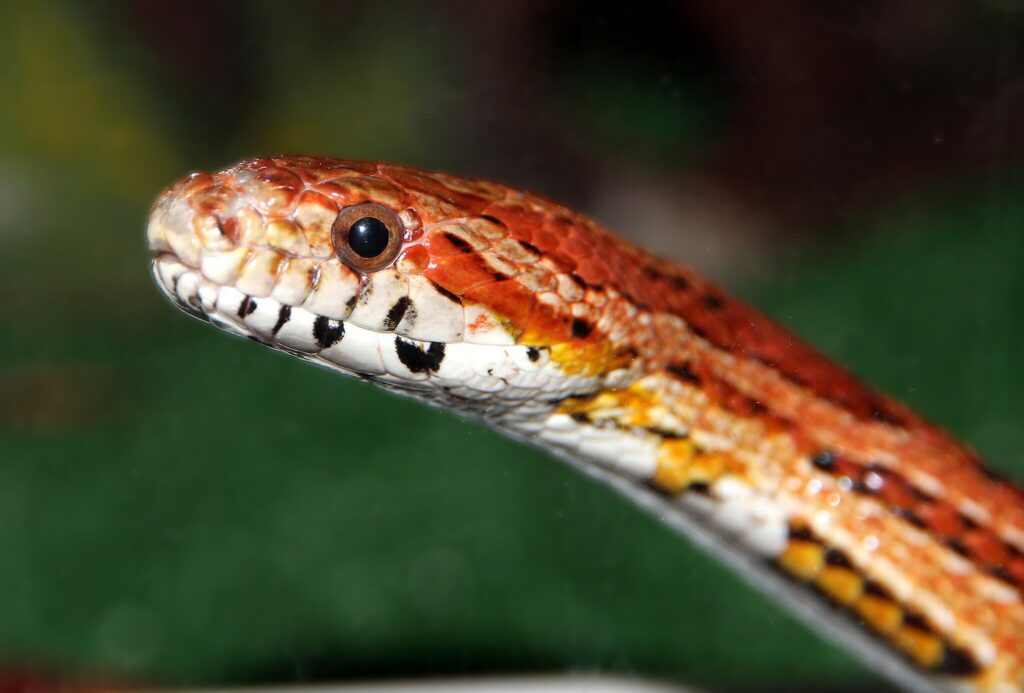
Experimental research has demonstrated that some snake species, including relatives of corn snakes, can learn to navigate simple mazes when motivated by appropriate rewards, typically food. These studies suggest that corn snakes possess spatial learning abilities that allow them to remember pathways and recognize environmental landmarks. In captivity, this ability can be observed when snakes learn the layout of their enclosures, often developing preferred basking spots, hiding areas, and hunting routes. Some dedicated hobbyists have constructed simple maze-like environments to test their corn snakes’ navigational abilities, reporting that the snakes improve their efficiency in reaching food rewards over multiple trials. This form of environmental learning represents one of the more scientifically documented learning capabilities in snakes, though it’s important to note that their performance is considerably slower and less sophisticated than that of mammalian maze-runners like rats.
Food-Associated Learning Behaviors
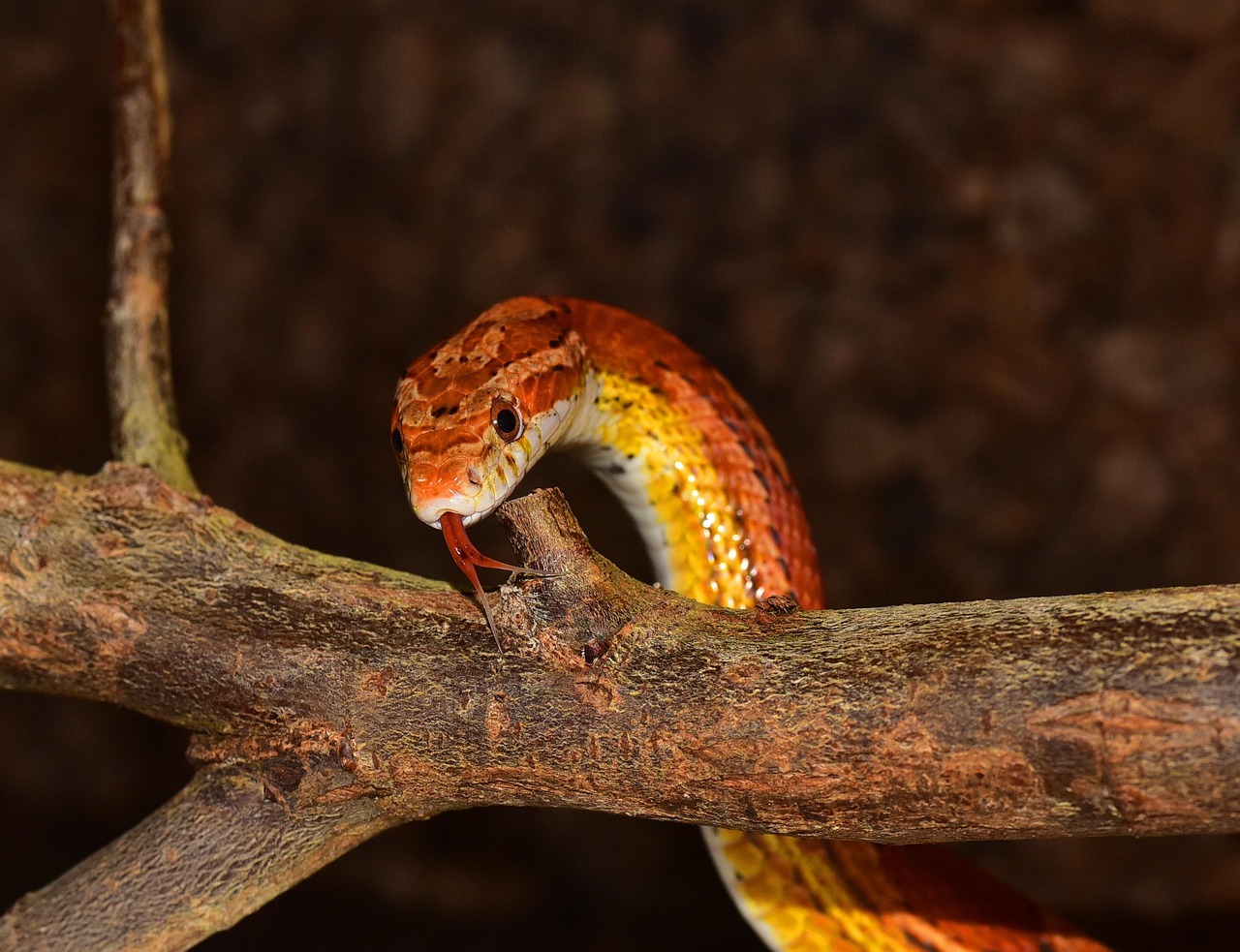
The most reliable form of learning in corn snakes relates to feeding behaviors. These reptiles can form strong associations between certain stimuli and the arrival of food. Many corn snake keepers observe that their pets become more active and alert when they detect signs associated with feeding time, such as the opening of the frozen mouse container, the sound of the feeding tongs, or even the owner’s approach at regular feeding hours. This food anticipation demonstrates classical conditioning at work – the snake learns to associate preceding events with the subsequent reward of a meal. Some snakes even learn to distinguish between handling sessions and feeding sessions based on subtle environmental cues, adapting their behavior accordingly. This form of associative learning has practical benefits for keepers, potentially making feeding routines more predictable and reducing the likelihood of feeding-response bites during regular handling.
Individual Variations in Learning Capacity
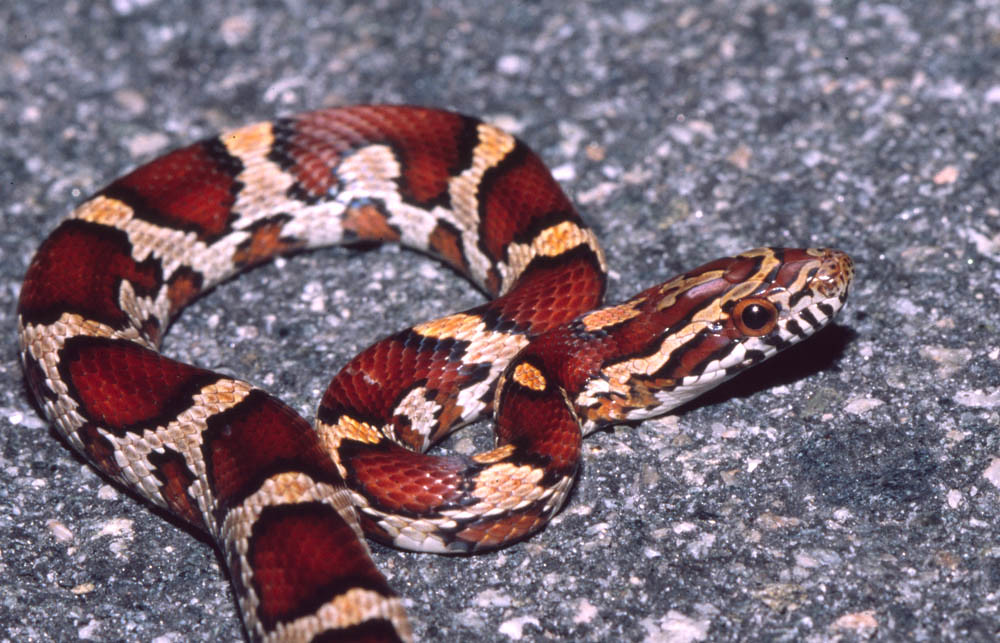
Just as with any animal species, individual corn snakes demonstrate significant variation in their learning capabilities and responsiveness to training attempts. Some specimens appear naturally more curious and adaptable, readily forming associations and modifying their behaviors based on experience. Others remain more rigidly instinctual, showing minimal behavioral plasticity even with consistent training efforts. These individual differences likely stem from a combination of genetic factors, early developmental experiences, and health status. Age can also play a role, with younger snakes generally displaying greater neuroplasticity and adaptability than older specimens with more established behavioral patterns. Experienced keepers often note that snakes raised in captivity from hatchlings typically show greater responsiveness to handling and environmental cues than wild-caught specimens or those that experienced inconsistent care early in life.
The Role of Consistency in Snake Training
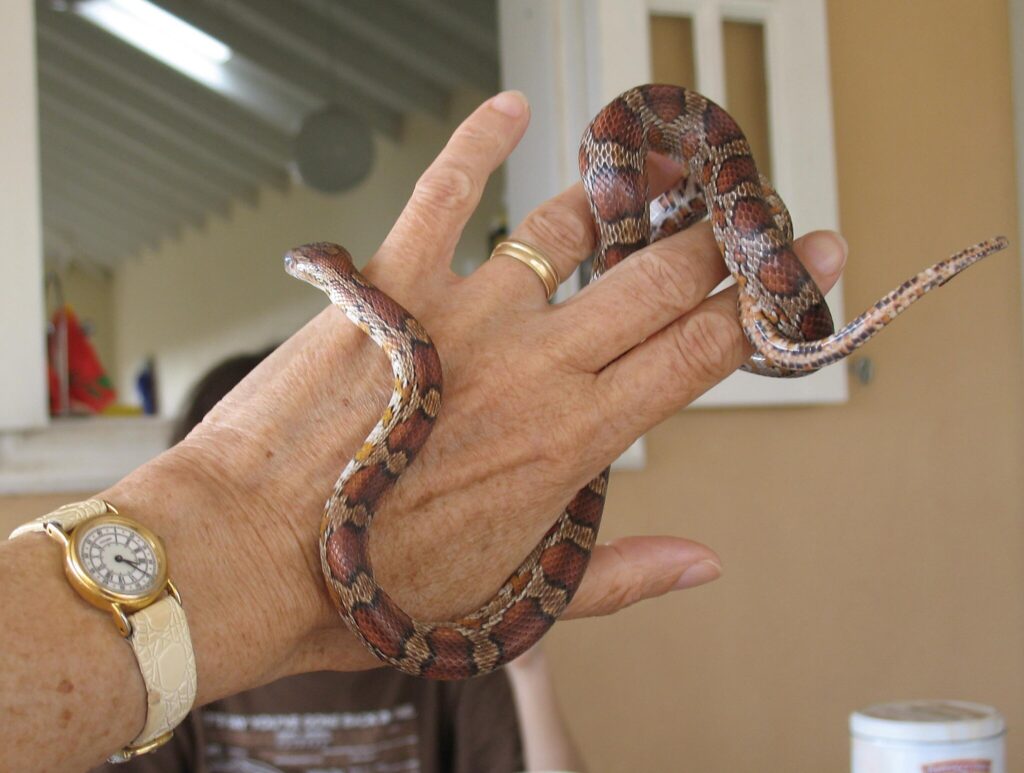
Whatever modest training goals an owner might have for their corn snake, consistency emerges as the single most important factor in achieving success. Reptiles generally learn through extensive repetition rather than quick insight, requiring patient, predictable interactions over extended periods. Feeding on a regular schedule, handling at consistent times, and maintaining stable environmental conditions all contribute to a snake’s ability to form reliable associations. Inconsistent approaches not only impede learning but may create confusion or stress that manifests as defensive behaviors or feeding reluctance. Some successful corn snake keepers maintain detailed logs tracking their snake’s responses to different stimuli or training attempts, allowing them to identify patterns that might not be immediately obvious. This methodical approach acknowledges the slower learning curve of reptiles compared to more traditionally trainable pets.
Recognizing Signs of Stress During Training
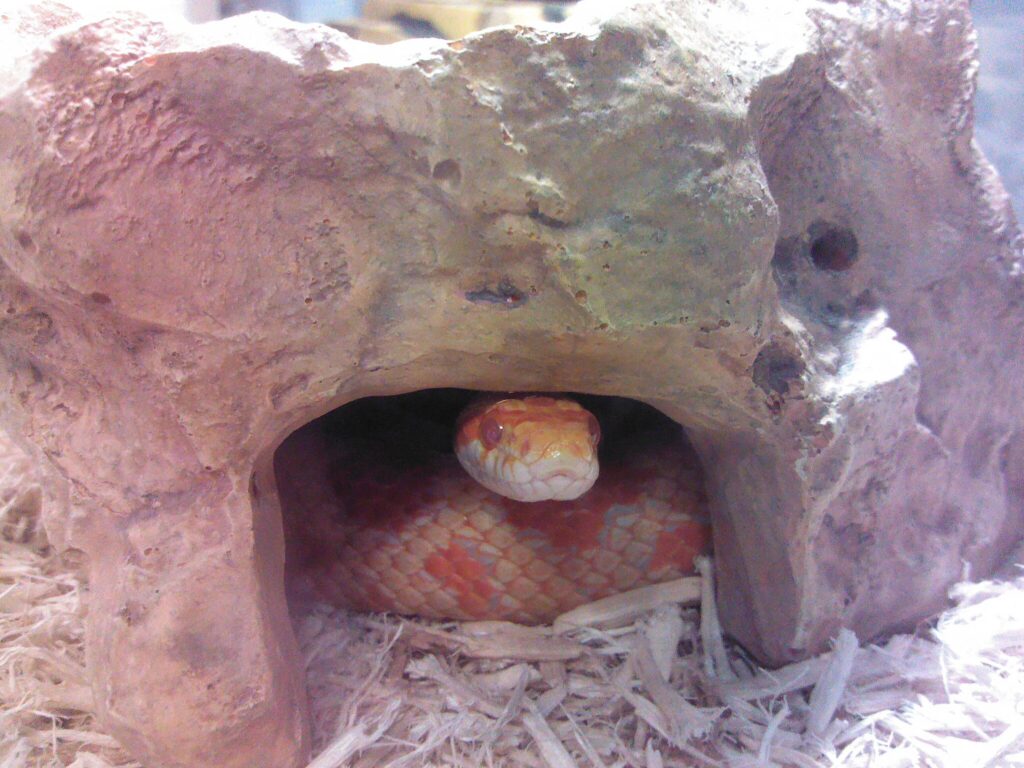
Any attempt to modify a corn snake’s natural behaviors must prioritize the animal’s wellbeing. Signs of stress in corn snakes include defensive posturing, refusing food, excessive hiding, rapid breathing, or unusual locomotion patterns. Training sessions should be immediately halted if these behaviors appear, as continued pressure can lead to chronic stress with potential health consequences. Unlike social animals that may work through discomfort to please their handlers, corn snakes have no evolutionary incentive to tolerate stressful situations unnecessarily. Most successful snake “training” happens opportunistically by working with the snake’s natural behaviors rather than forcing new ones. For example, a snake that naturally becomes active at dusk might be more receptive to handling or target training during these periods than one disturbed during its normal resting time. Respecting the snake’s biological rhythms and stress thresholds is essential for any positive learning to occur.
Enrichment Versus Formal Training
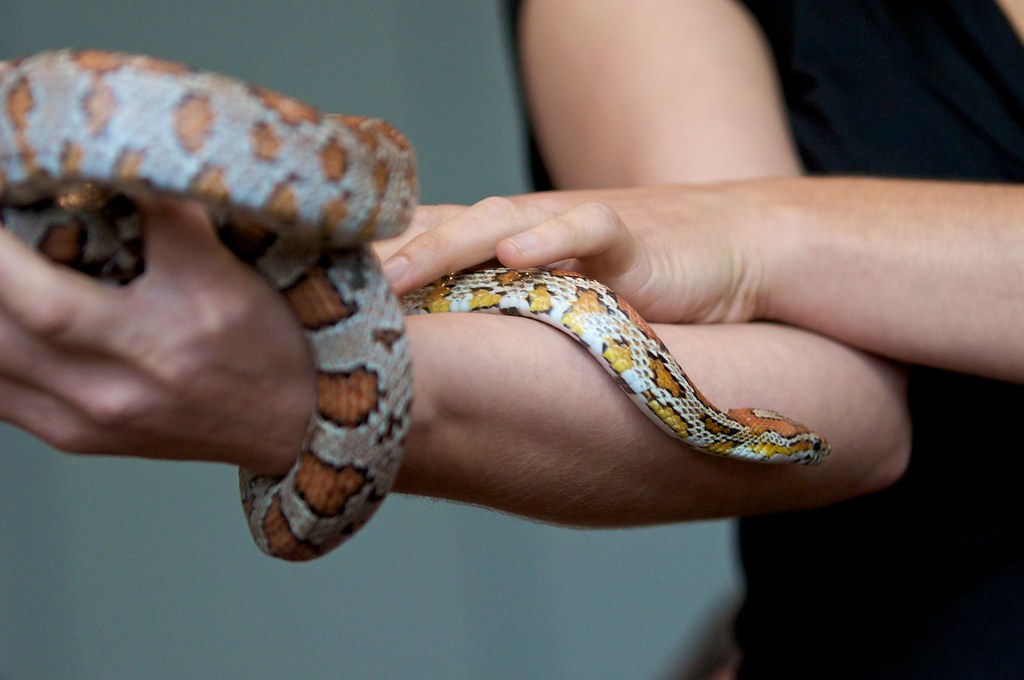
Rather than focusing on training specific behaviors, many herpetologists and experienced keepers recommend shifting attention toward environmental enrichment that stimulates natural learning and exploration. Complex enclosures with varied climbing opportunities, multiple hiding spots, different substrate textures, and novel objects periodically introduced can encourage a corn snake’s natural curiosity and problem-solving abilities. This approach acknowledges the snake’s cognitive capabilities while respecting its biological nature. Enrichment activities might include providing puzzle feeders that require the snake to navigate obstacles to reach prey items, rearranging enclosure elements to encourage exploration, or offering scent-based enrichment that stimulates the snake’s primary sensory system. These enrichment techniques often result in more engaged, active snakes displaying a broader range of natural behaviors, which many keepers find more rewarding than attempting to train specific commands or tricks.
Comparing Corn Snakes to Other Reptiles
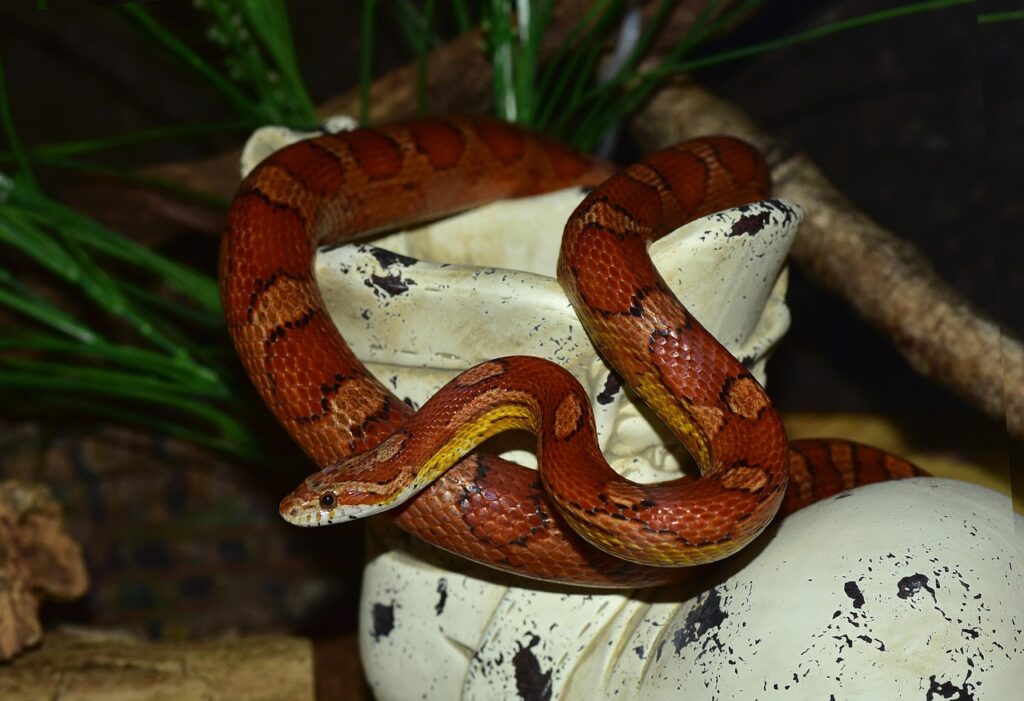
When evaluating the trainability of corn snakes, it’s instructive to compare them with other reptile species kept as pets. Among snakes, corn snakes rank relatively high for adaptability and tolerance of handling, making them more amenable to basic conditioning than more defensive species like ball pythons or more aggressive species like some rat snakes. However, they generally show less complex learning behavior than larger, longer-lived reptiles such as monitor lizards or certain tortoise species, which demonstrate more sophisticated problem-solving abilities and can even recognize individual human keepers. Bearded dragons, another popular reptile pet, often display more obvious social recognition and interactive behaviors than corn snakes, though this reflects their different evolutionary history rather than superior intelligence. Each reptile species has evolved cognitive capabilities suited to its ecological niche, making direct intelligence comparisons somewhat misleading.
Setting Realistic Training Expectations

Prospective or current corn snake owners should establish realistic expectations about what constitutes successful “training” for these animals. Unlike dogs that might learn dozens of commands or birds that can mimic complex sounds, corn snake training achievements tend to be subtle and limited in scope. Success might mean a snake that calmly accepts handling without defensive behaviors, shows interest in a target stick associated with feeding, or emerges from hiding when it recognizes feeding cues. These modest accomplishments represent significant adaptations for an animal whose evolutionary history never prepared it for interaction with humans. Appreciating these small victories requires understanding the corn snake on its own terms rather than applying standards derived from mammalian pets. Many experienced keepers find that adjusting their expectations leads to greater satisfaction with their reptilian companions, focusing on the unique characteristics that make corn snakes fascinating rather than attempting to reshape them into something they’re not biologically equipped to become.
Conclusion: Appreciating Corn Snakes for What They Are
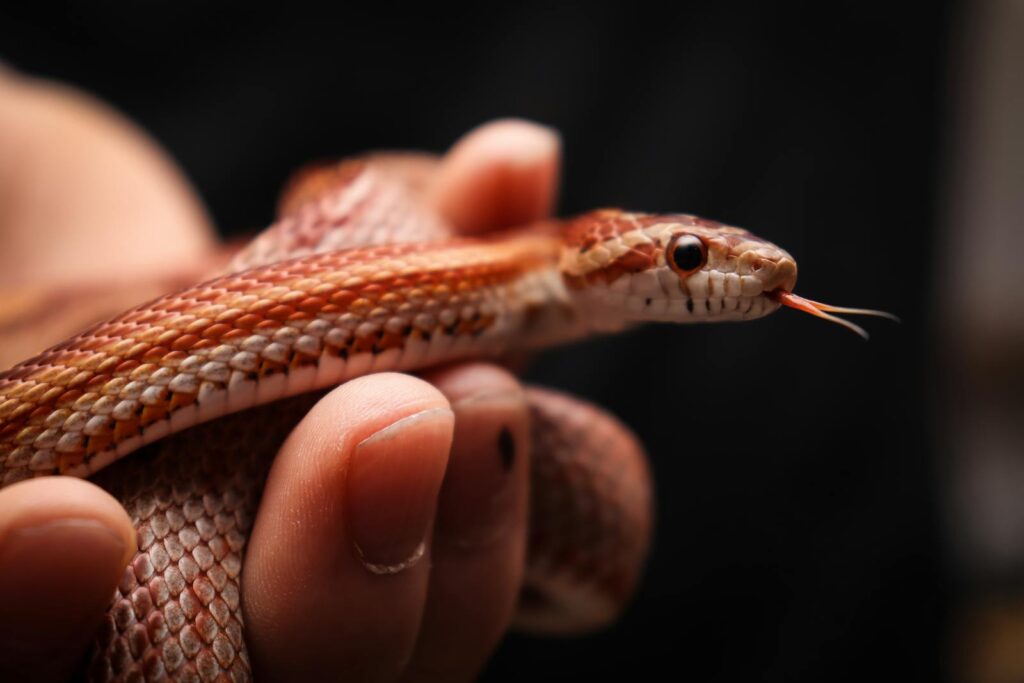
While corn snakes can indeed learn and adapt their behaviors through consistent interaction and conditioning, their training potential differs fundamentally from that of traditional companion animals. Their capacity for learning serves primarily to help them navigate their environment, locate prey, and avoid threats rather than to perform tricks or follow commands. The most successful approach to corn snake “training” involves working within their natural behavioral repertoire, providing appropriate environmental stimulation, and building positive associations through consistent, stress-free interactions. Perhaps the greatest training achievement isn’t teaching the snake new behaviors but rather training ourselves to better understand and appreciate these fascinating creatures on their own terms. By recognizing the unique cognitive world of the corn snake, keepers can develop more meaningful relationships with their serpentine companions based on mutual accommodation rather than expectations of conventional pet behaviors.



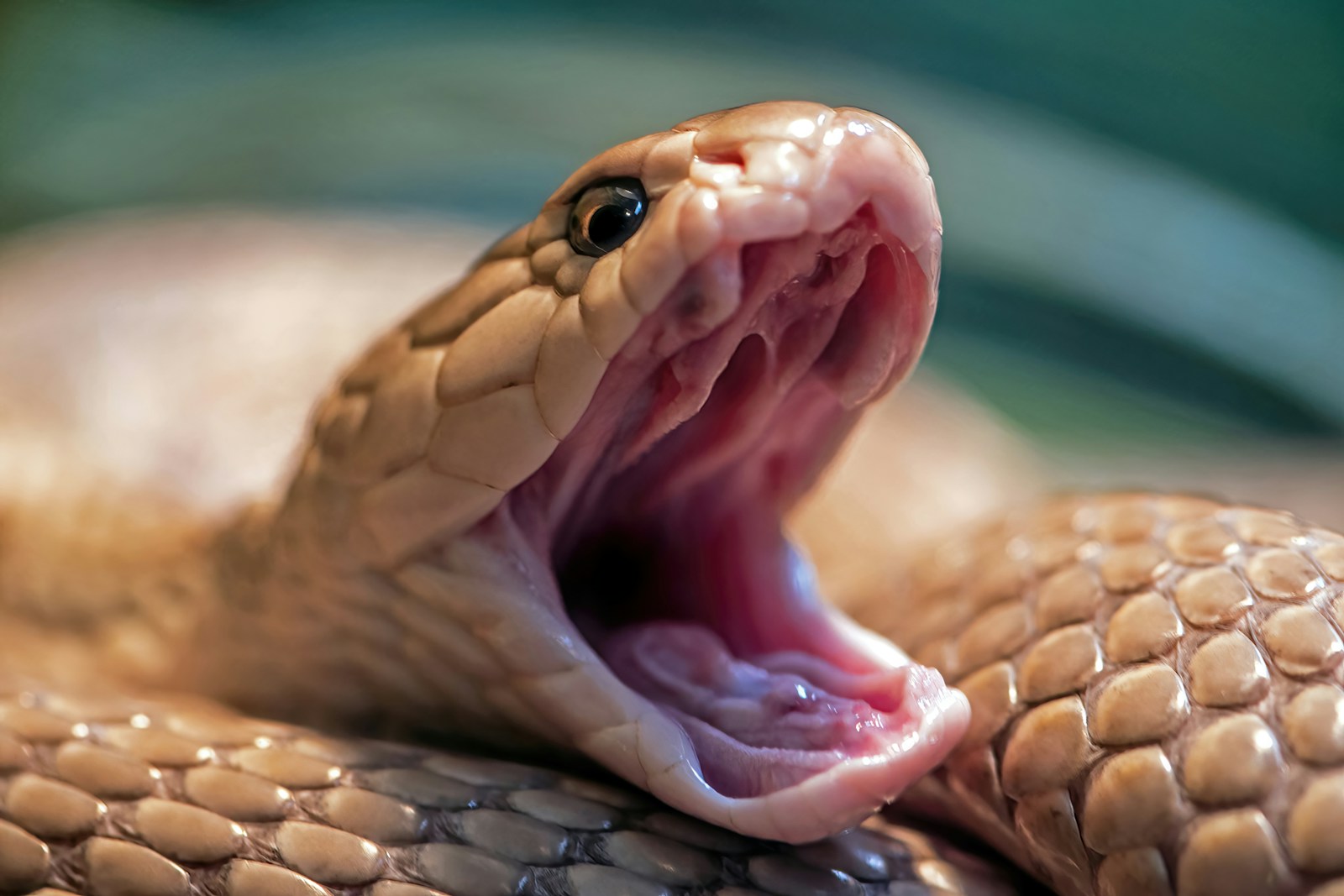



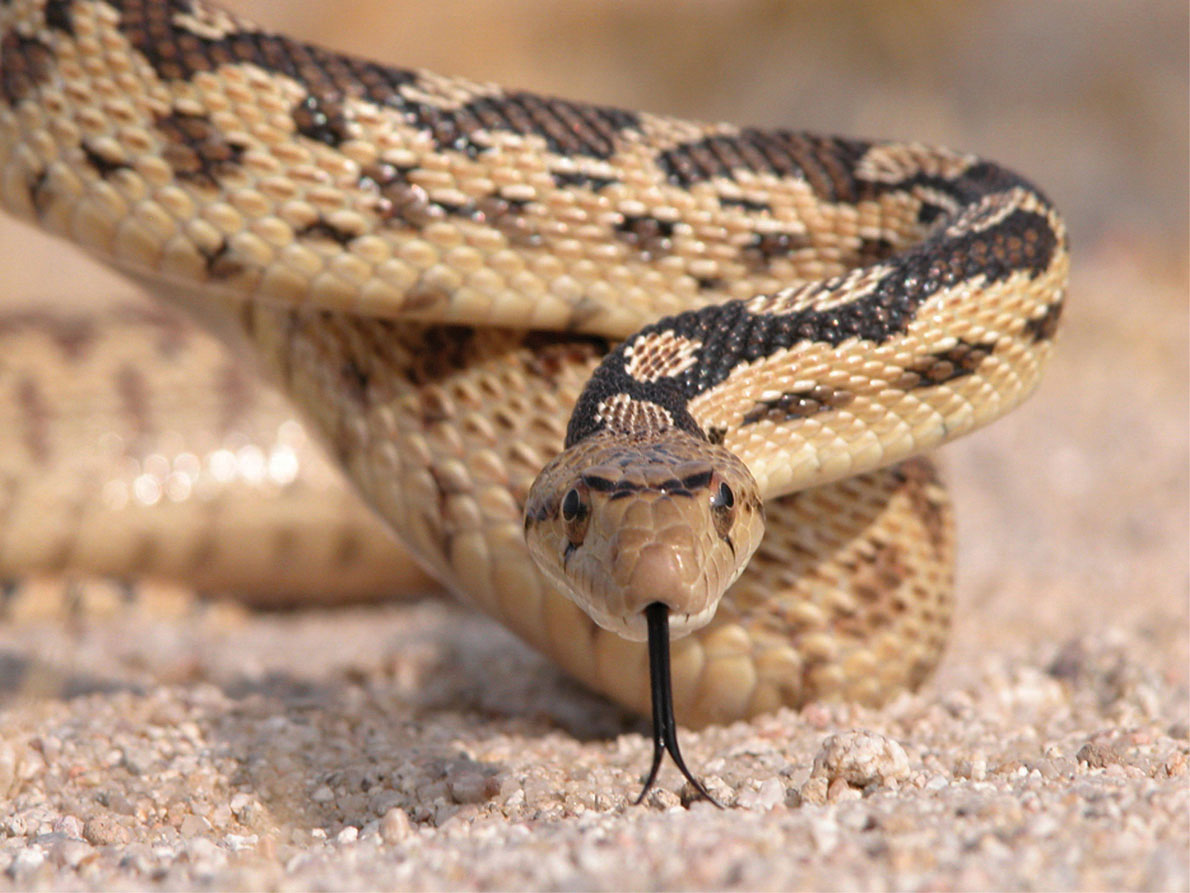
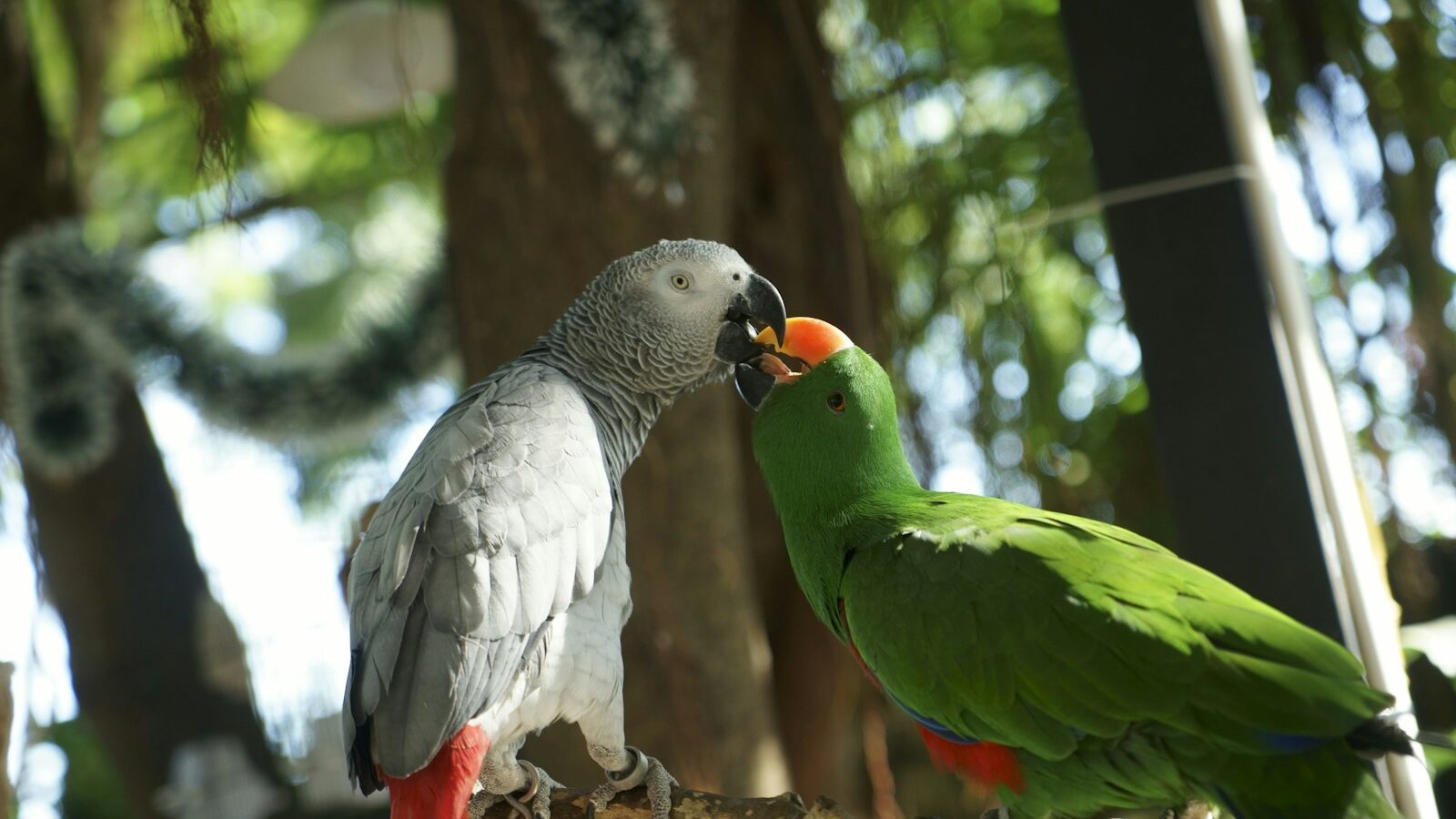
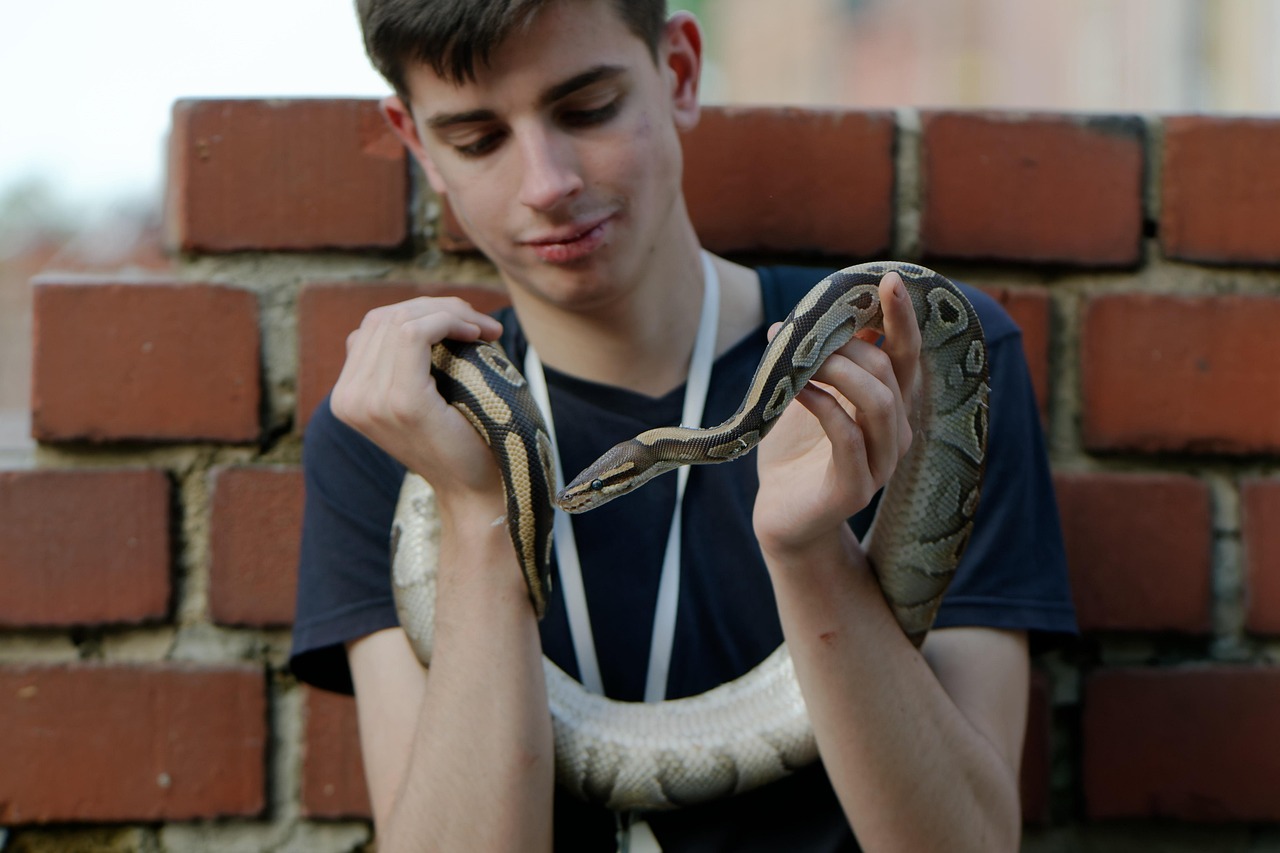
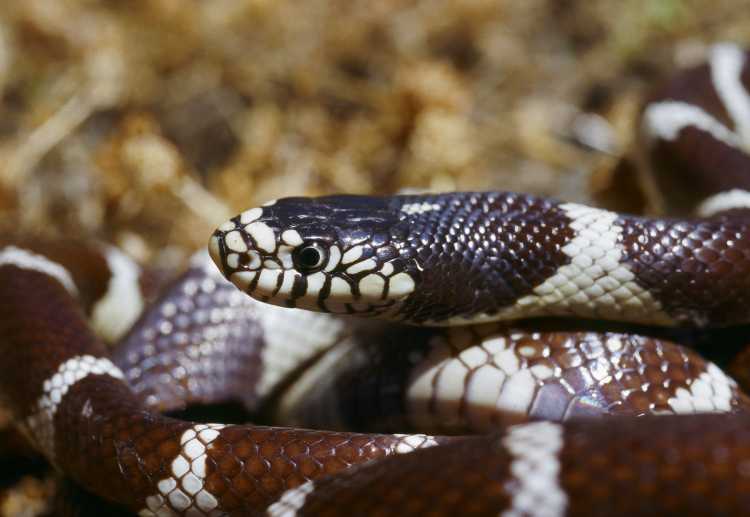




Leave a Reply